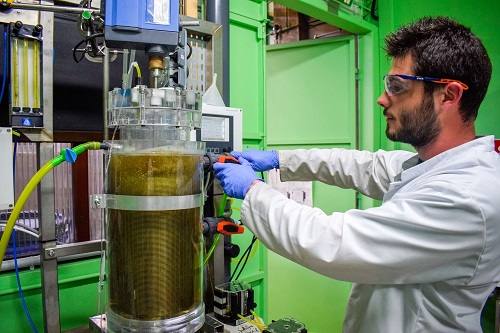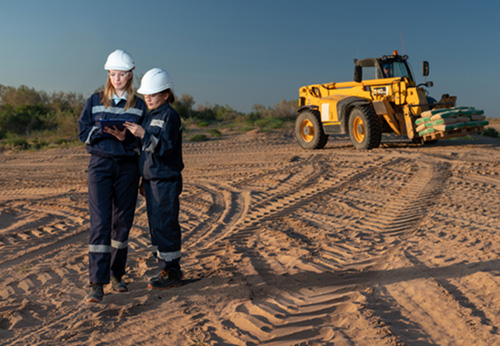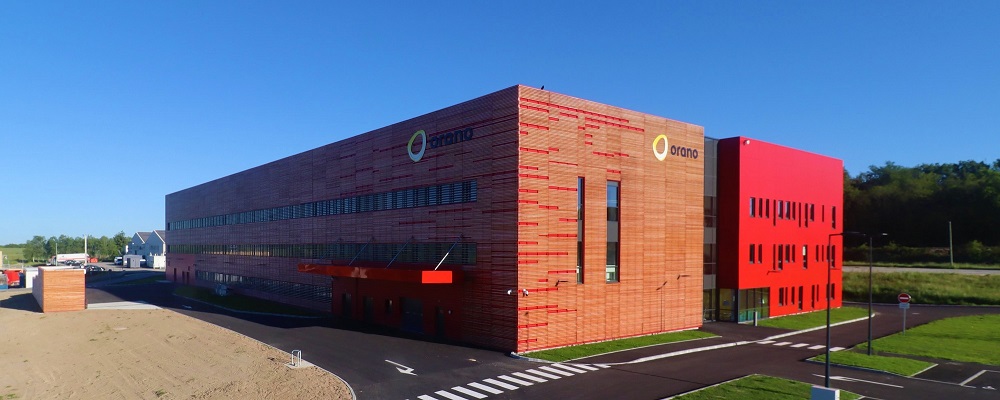
Biotechnology: Biological Transformation of Matter
<p>Replace the chemical reagents in your processes with microorganisms and develop an innovative and efficient industrial biotechnology.</p>
-
- Reduce the use of costly and polluting chemical reagents.
- Valorize your by-products by transforming them into new resources.
- Effectively decontaminate soils, effluents, and aqueous environments.
- Improve the biodegradability of complex organic matter.
- Implement economically viable and industrially scalable processes.
- Leach metals using biotechnology.
-
- Develop your processes with the support of CIME’s microbiology laboratory expertise.
- Use microorganisms and enzymes as selective alternatives to chemical reagents.
- Adapt your studies to varied culture conditions (aerobic, anaerobic, on solid supports, pure strains).
- Monitor and optimize your bioprocesses through precise analyses and microscopic tracking of biomass.
- Scale up your projects from laboratory to industrial pilot to secure feasibility and efficiency.
-
- Environmentally beneficial process: up to 100% reduction in chemical reagents for certain leaching steps.
- Processes operating at low temperatures and pressures, reducing energy consumption.
- Lower greenhouse gas emissions.
- Comprehensive scientific monitoring: physico-chemical analyses, microscopic counts (fluorescence and phase-contrast microscopy).
- Dedicated equipment: stirred and aerated reactors, gas injection ramps, fluidized or fixed beds, glove box, 80 L sterilization autoclave.
- Proven international experience: bio-oxidation of uraniferous effluents (Kazakhstan, Niger), degradation of sulfated mineral gangues (Namibia, Niger).
- Valorization of valuable elements: recovery of elemental sulfur from industrial effluents.
- Wide range of applications: bioleaching of metals, nitrification/denitrification, removal of carbon compounds, soil and water remediation.
- Lower operating costs compared with chemical processes.
- Industrial efficiency and relevance demonstrated at CIME by coupling with ISR and static leaching processes.
-
-


